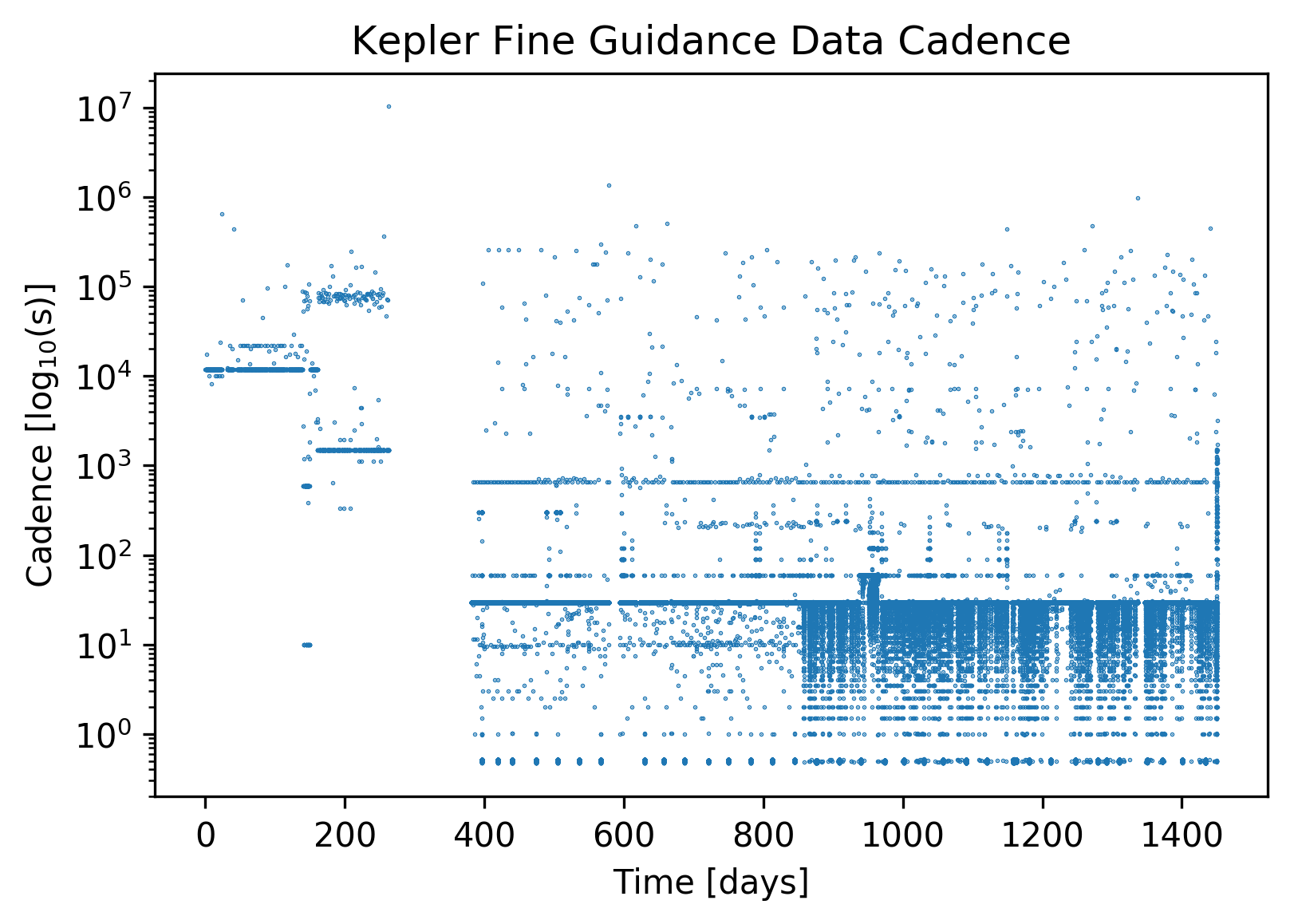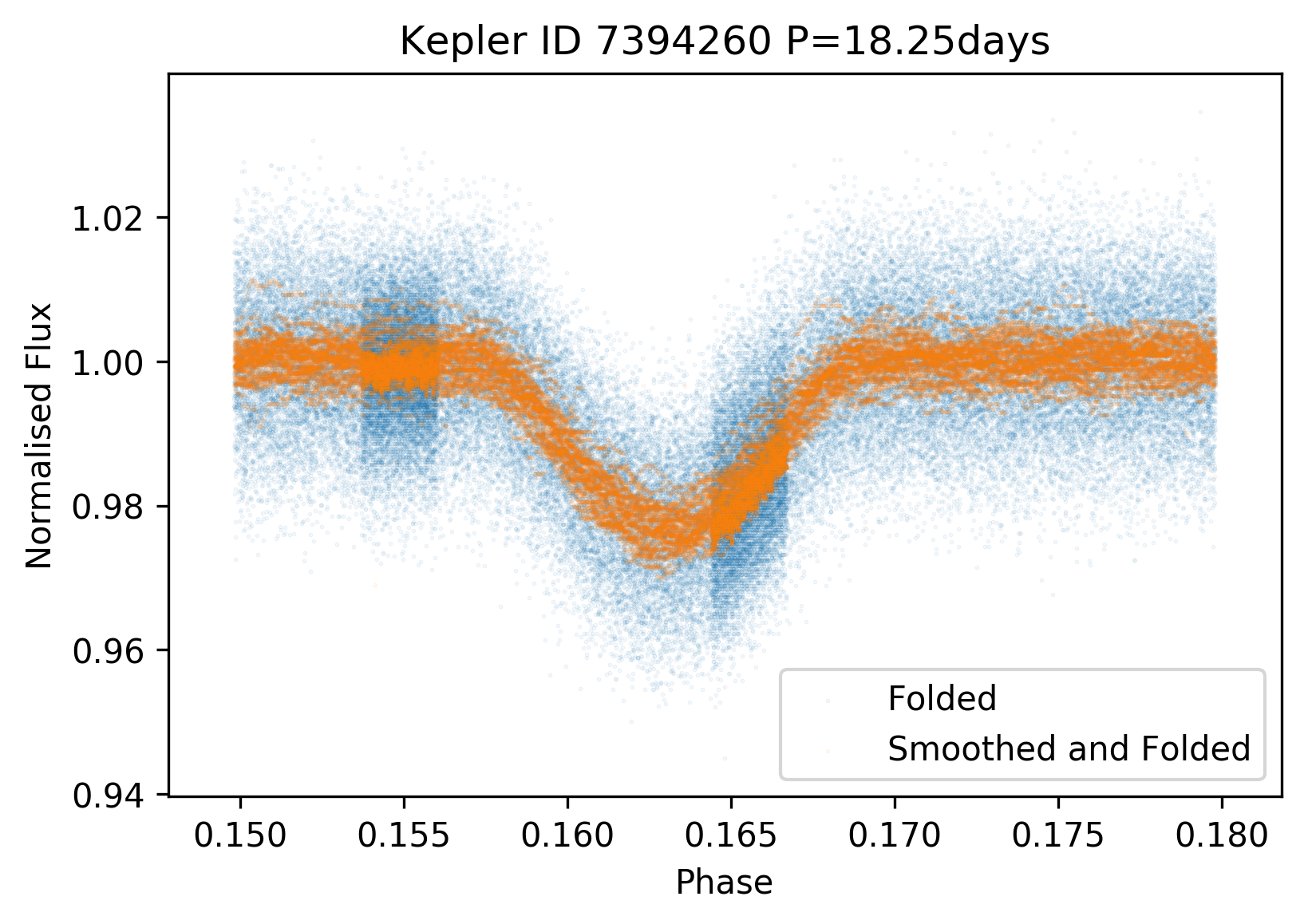Engineering data from Kepler's Fine Guidance Sensors (FGS) have recently been released to the public via the data archive at MAST. The data provide photometry and centroid positions for 95 guide stars that were used to keep the spacecraft pointing stable; 44 unique guide stars were observed during Kepler's prime mission and 51 during K2 Campaigns 0 through 12.
These guide stars were observed by four dedicated sensors in the corners of the focal plane, which collected photometry at a cadence of 0.104 seconds. An irregularly-sampled subset of the data were downlinked to Earth for engineering purposes. These have now been unearthed from the telemetry to enable the scientific value to be assessed by the community. The figure below illustrates the sampling cadence. Note that Quarters 0, 1 and 2 were more sparsely sampled than later periods.

Documentation on these data is available in document KSCI-19112, which details the way the FGS data were recorded and the format of the data products. The document is accompanied by a short tutorial hosted on GitHub which demonstrates the use of the data.
Although the Fine Guidance targets were chosen to be quiet, with variability in flux of less than 10%, there are some interesting targets in the high-cadence FGS data, such as the shallow eclipsing binary shown below.
